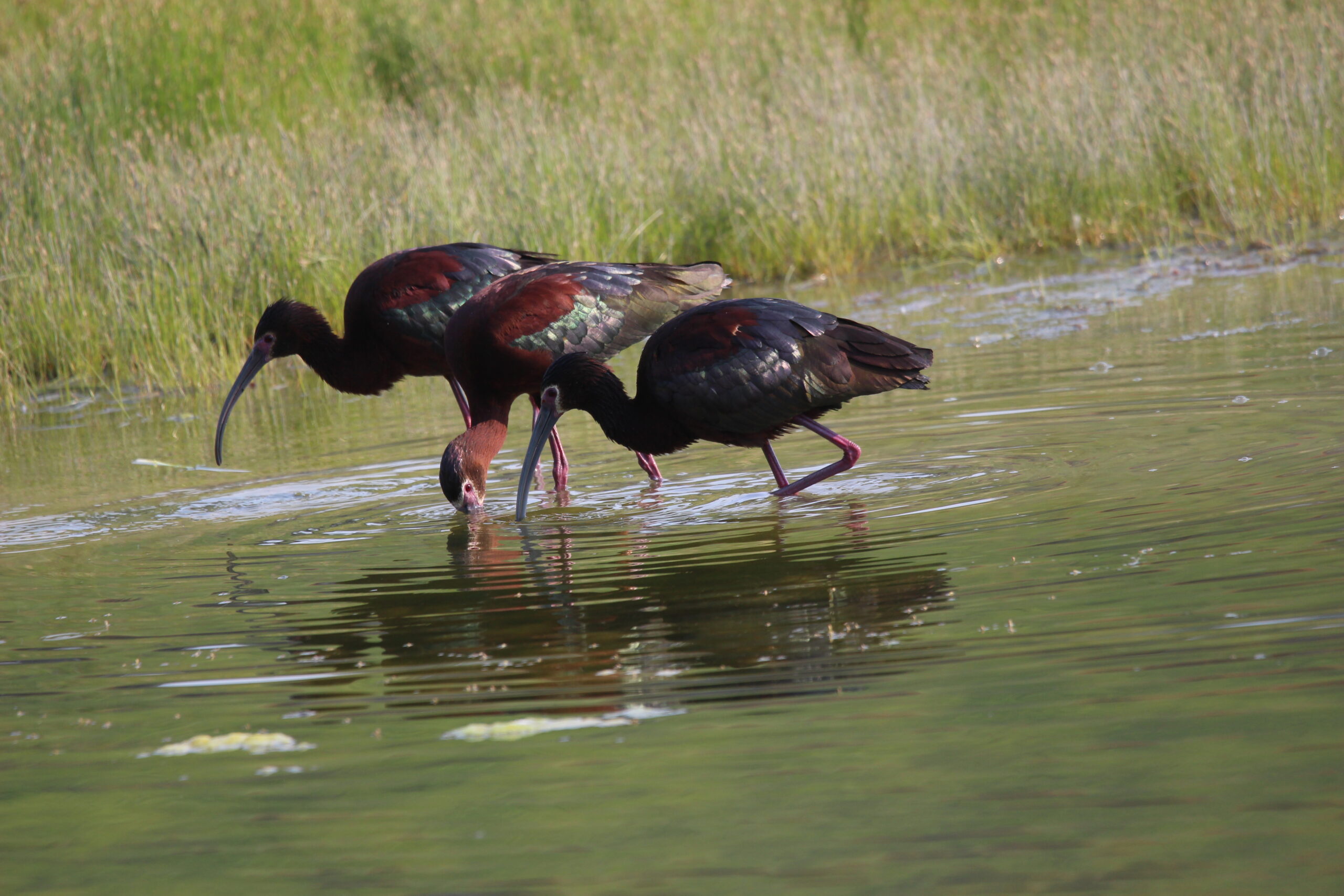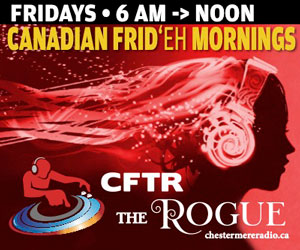In the days of my squandered youth, I made many regrettable boozing choices. There was Drummond Draft, Vodka Slimes, Blue Mondays, and many others too shameful to mention.
In the fullness of time, as I grew to manhood, my palate matured to drinking less, but drinking better. Instead of those late-night runs to Beerland by the Cecil Hotel where they would fill up any container you provided with cheap draught beer for pre-drinking before hitting the discotheque, I now spend my time finding the perfect tipple for each occasion, and savouring it slowly with my like-minded drinking companions.
One tipple I have avoided over the years is rosé, after suffering through a cloyingly sweet $6 bottle of White Zinfandel at a Las Vegas all-you-can-eat buffet, but recent events have led me to reconsider.
For those unfamiliar with just how wine gets its color, it is all about the skin contact. All grape juice is clear in colour, so red wines are red because the squeezed juice is soaked with the grape skins for several days, which transfers the colour from the skins to the juice.
Rosé wines are made from juice pressed from red grapes, which is then allowed to remain in contact with the skins for a 2 or 3 days, just long enough to impart a pale pink tone to the juice.
The skins are then removed from the pressed juice, and the fermentation process then begins like any other wine. Since most of the tannins are in the grape skins, the brief contact means that rosé wines are not very tannic.
There are many historical reasons that people have avoided rosé wines, ranging from a macho aversion to the colour pink, to my own particular sob story, which was being exposed to a sickly-sweet White Zinfandel Rosé that was all the rage a few decades ago.
My rosé boycott ended last week, when in an effort to burn off some Aeroplan miles before they expired, I took a weekend getaway in Kelowna and made the rounds at a dozen or so wineries.
The sun was shining brightly, the mercury was rising, and each winery I visited was pushing their chilled rosé wines as a refreshing tipple on a hot day.
Throwing caution to the wind, I partook of the Quail’s Gate Rosé, a winery that faithful readers may recall I have a longstanding love affair with. To my amazement, it was entirely unlike my muddled recollections of rosé, and tickled my palate with bright notes of red berries and melon, with a dry finish that exuded sophistication.
Made from a blend of Gamay Noir and Pinot Noir, the Gamay grapes provided the exuberant fruit flavours, and the Pinot classed up the affair by providing the sophisticated backbone.
With the first sip, my 20-year trepidation disappeared, and I bought several bottles while at the winery to celebrate my newfound love for rosé!
Later in the day, I visited the Summerhill Winery on the other side of Okanagan Lake, and made a beeline for the Alive Organic Rosé, eager to catch up on 20 years of lost opportunities for drinking rosé.
The Summerhill Alive Organic Rosé is made primarily from Pinot Noir grapes, which is a very common choice for rosé wines. There were hints of strawberry and rhubarb, making it a perfect wine for pairing with ice cream or gelato, which I made sure to do at the hotel later that evening.
I have long been a fan of the Summerhill Winery, who have long been adherents to organic winemaking practices, and even age their wine in an 8% scale replica of the Great Pyramid of Egypt, which was painstakingly built to precisely align with the four cardinal directions.
Summerhill was made famous by their Cipes Brut sparkling wines, produced using the traditional Champagne Method, which has been my go-to bubbly for special occasions for many years.
Imagine my delight when I discovered that they also produce a bubbly rosé from Cabernet Franc grapes. This bubbly rosé was unlike any other, with notes of currants and dried raspberries on the palate, with a dry and bready finish.
Most Canadian wineries will have at least one rosé in their portfolio, and are typically priced in the $17-25 range, so pick one up at your friendly neighbourhood booze merchant!





